It’s often said the best way to remember something is to write it down. Repeatedly. Case in point: in a recent podcast conversation with Simon Strantzas we spoke about different kinds of horror, and Simon’s perspective, that “horror is a lens through which we see the world, and that almost anything can be a horror story”, profoundly impacted both of us. But, due to horror’s steadfast and slippery refusal to adhere to a concrete definition, neither Michael David Wilson nor myself could recall this statement when speaking about it later. It’s as though the very word resists the labels we apply. Sentient and continuously evolving, horror doesn’t care what we call it. We are the ones that care, because our very nature is to attempt to define and compartmentalize, especially that which defies understanding.
It’s worth repeating: horror is a lens.
Horror creators and fans see the world in different ways. The old house down the lane set for demolition is more than just an eyesore, it’s an eerie and haunted place, full of nightmares lying in wait for those that dare to tread inside. That cemetery on the other side of town is more than the final resting place of our loved ones, as the undead roam the tombstones at night, hungry for our souls. The grassy field where the neighborhood kids play baseball in the summer is home to strange creatures, their razor-sharp teeth darkened from the blood of their latest victim. The news reports a young woman who has been missing for several days and our minds immediately begin to conjure the worst-case scenarios—did anyone else see that strange man walking around town the other day? And these are just the typical tropes, the easy ones. Dig a little deeper and you realize that each home on your block has a story, that madness reigns supreme when the lights go out, that the really cool family with the cool kids may be haunted by a pain you couldn’t even begin to imagine. These haunted people go to their jobs, and the store, the carwash, the doctor’s office, interacting with the world, and others, and sometimes when our paths cross, it’s much more than a happy greeting. There’s a malice in their eyes that only you can see, and you wonder what it is that makes you feel so uncomfortable in their presence.
With any given scenario, horror becomes the lens by which we view the world. Horror writers and filmmakers are extremely concerned about this lens. They want to explore the world from that skewed perspective. Their stories explore the darkest of humanity as a way to cast a light on the nastiness of our imaginations and nightmares. By exposing these unreal horrors, we can hopefully cope with the all too real horrors that have taken hold of our everyday lives. We long to escape the evening news, eager for something, anything, to take us away from the constant threat of evil and violence as humans wallow in their depravity.
Fortunately for us, horror is in really good shape. Wakened from its fitful slumber, the hibernation is over, and now the beast is hungry. The standard tropes are still there, ready to be deconstructed, reimagined, broken down and pieced back together like Dr. Frankenstein’s Adam. Sometimes these experiments fail, and all the good intentions in the world can’t bring that corpse back to life. But sometimes, the spark is strong and the creature walks among us, the lens aimed in such a way that it captures our collective imaginations in unexpected and meaningful ways, allowing glimpses into lives not unlike our own, yet as unpredictable as the weather. As the genre continuously evolves, we will see more of these old tropes repurposed to suit the needs of our modern and progressive sensibilities. Originality comes when the creator adjusts the lens to see the horror from a different angle, and when it works, the result is logical, yet asks new questions that linger on the mind after the last page is turned.
The Horror Renaissance is not just a thing happening in the US, as creators around the world, from all walks of life, are up to the task of presenting horror exploring different cultures and viewpoints. The lens gives us a wide-angle view of everything horror has to offer, perfectly focused to each of our unique perceptions. Creators are fearlessly presenting characters from countries other than the US and UK, deliberately choosing lifestyles we don’t see too often while breaking new ground with personal takes on folklore and legends off the beaten path. There’s so much horror from around the world that hasn’t received proper representation in the past, it’s quite refreshing to see it in the wild now.
No one really knows what direction horror will go in the next few years. Trends are difficult to accurately predict and begin their descent as soon as they are defined, as oversaturation and fatigue sets in quickly like a malignant tumor, corrupting the concept from within. Ghosts and the occult appear poised to take the top spot, reflecting our preoccupation with the destructive nature of the modern family and our continued exploration of spirituality and the question of our own inevitable demise. Perhaps the one standard that continues to keep horror relatable is its willingness to examine human turmoil, knowing that the more characters care for one another, the deeper the pain when they hurt each other. We are never more scared than when someone we love is in danger, and this is the thread we will see the most in the horror stories that have the strongest impact.
Horror loves to make it personal, that’s where it can cut the deepest.
The rest of the world has taken note of the return of horror. Critics, long to slice at the ham-string of horror fiction with their shoddy sabers, are now forced to acknowledge that the genre is a force to be taken seriously. It’s easy to say, “It’s about time”, but maybe it’s better to just welcome the critics into the fold and keep those “I told you so’s” to ourselves. They can’t take away horror’s legitimacy now, and would it really matter if they did? It’s nice to see major publications covering horror fiction in all its forms in a favorable light, and as horror evolves, we can only hope this renewed interest continues to spread the good word. Of course, over saturation often leads to extreme sanitation. We’ve been seeing this over the past few years, and there are both good and bad merits with the commercial side of horror. As long as the toys and t-shirts keep horror front and center, it can’t be that bad of a thing. Fans know deep down inside that there’s a massive difference between a Cthulhu plush toy and the cold indifference of the cosmos concerning human lives.
Horror is evolving. Just as the small presses have taken over the genre, independent film studios are releasing the best horror has to offer. This is nothing new, but it’s important to mention that both the books and the films aren’t afraid to create smart and innovative ways to scare us. With a steadfast refusal to dumb it down, the books and films that have the deepest impact are direct reflections of the real-life horrors we experience in our daily lives, magnified through a wide-angle lens of emotions. They welcome the darkness, and embrace it with characters much like us, albeit faced with extremely dark situations we could never imagine. Horror is evolving because our world is evolving and changing, sometimes so swiftly we can’t match the pace. And as we change, the lens changes as well. It taints our perspective, eager for the stimulation to feed our nightmares, and if you stand close enough to it, you’ll see yourself staring back in reflection from the mirrored finish.
BOB PASTORELLA

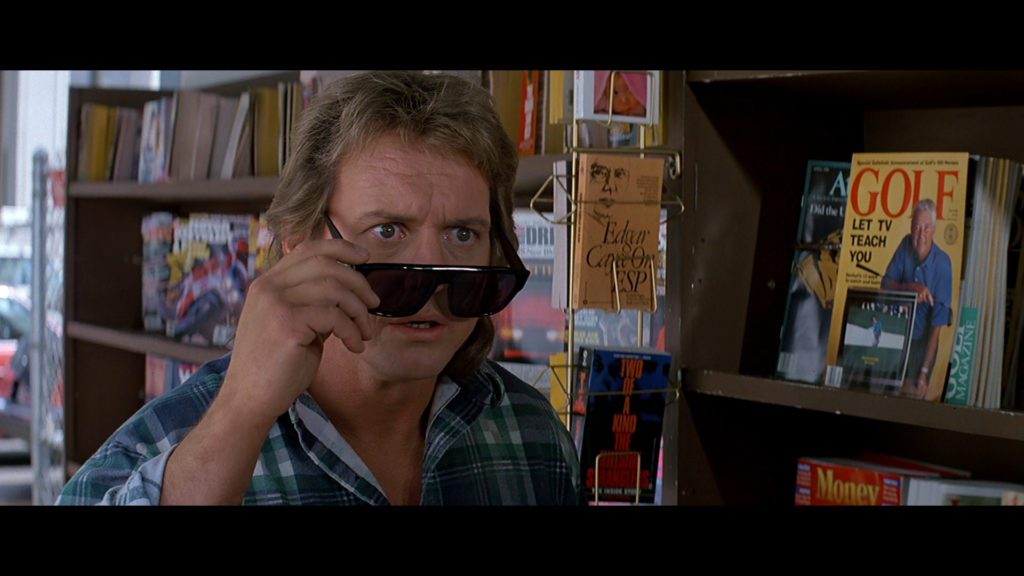
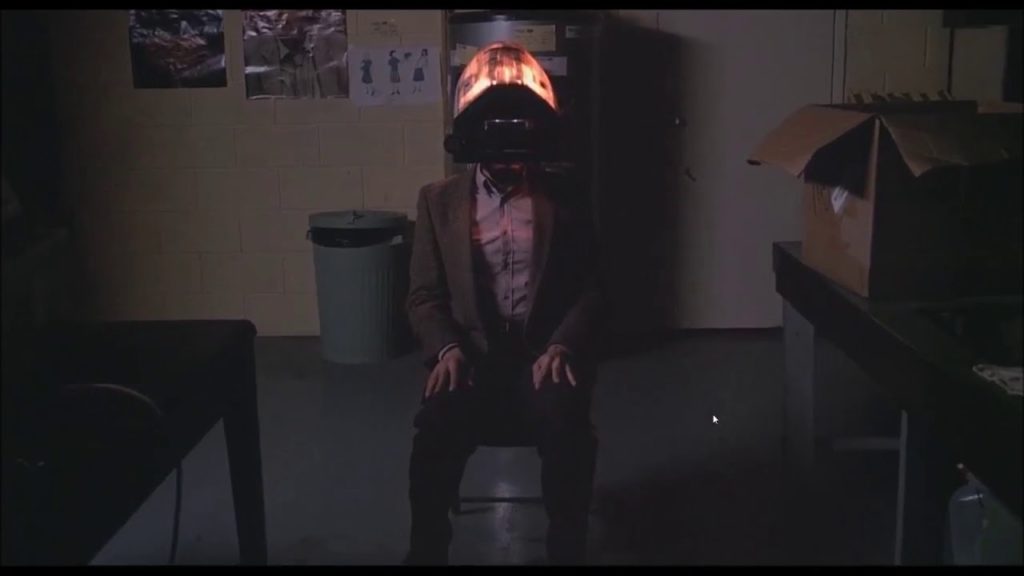
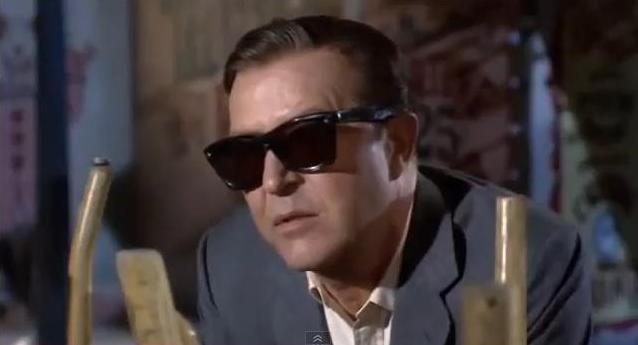





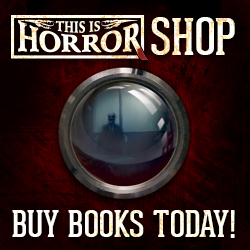

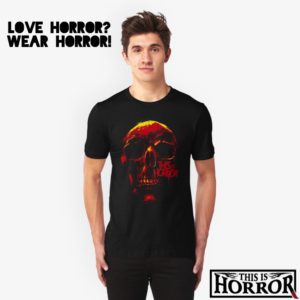
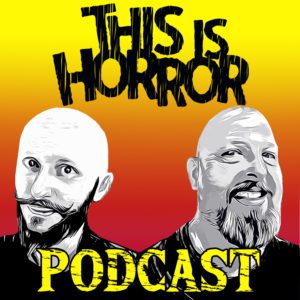
1 comment
Excellent and very timely article Bob, one of your best, and one of the best I’ve seen on TIH. Bravo!